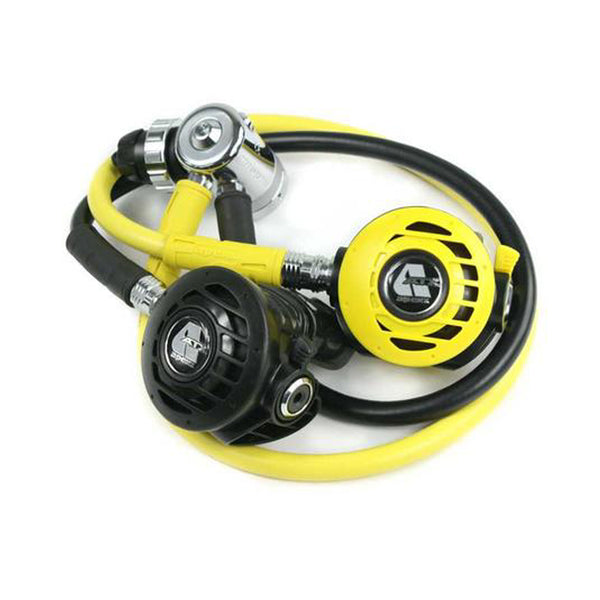Cantclimbtom
Well-known member
Apologies for a barrage of questions, just ignore me if this is too irritating. And yes understood opinions/preferences will differ...
But I notice in so many photos of current diving overhead, the second stages are Poseidon (mainly Cyklon 5000?). But the price is at a premium.
As an fairly inexperienced *non overhead* diver who just hires kit and shoves whatever brand in my mouth without noticing that much difference (but aspires maybe one day to do more "interesting" dives), I can't fail to note how popular Cyklon 2nd stages seems to be, at least in the people getting photographed anyway for overhead stuff in UK. They seem to cost a hefty premium. So..
But I notice in so many photos of current diving overhead, the second stages are Poseidon (mainly Cyklon 5000?). But the price is at a premium.
As an fairly inexperienced *non overhead* diver who just hires kit and shoves whatever brand in my mouth without noticing that much difference (but aspires maybe one day to do more "interesting" dives), I can't fail to note how popular Cyklon 2nd stages seems to be, at least in the people getting photographed anyway for overhead stuff in UK. They seem to cost a hefty premium. So..
- Are they really that good???
- Does it make any sense to consider one as a first regulator to buy (future proof) or is this reserved for only when more experienced
- Does the resale value mean they work out better value over the long term than any old cheaper regs
- Is buying second hand and getting serviced a good idea or is that just foolish
- Is it a "marmite" thing and people trained on them just stick to them and dislike non Poseidon
- Do people mix and match the first stages, or is it assumed people use XStream as first for a Cyklon second - is there a "best" combination (like XStream not classic, or vice versa)





